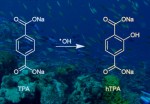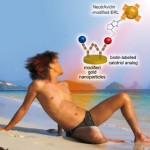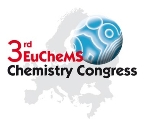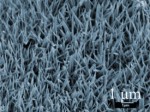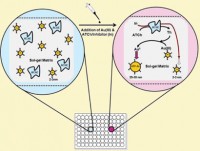The 2010 GRC on Bioanalytical Sensors took place 20-25 June in the green setting of Colby-Sawyer College, New Hampshire, USA. Talks by leading researchers set the tone for five days of high-quality, cutting edge and interdisciplinary science presented in a format that drove discussion in a hugely positive way. You can see the latest work in this field via the Analyst homepage.


Co-Chairs Antje Baeumner and Weihong Tan
Co-Chairs Anjte Baeumner of Cornell University and Weihong Tan of the University of Florida had put together a packed programme which covered topics such as nanotechnology, point-of-care applications, commercialisation and microfluidics. The unique structure of GRC meetings gives research communities the chance to engage in person, and this opportunity was exploited to the full here. Debate was free-flowing between the internationally diverse delegates, with conversations often continuing into break and meal times.
It wasn’t all intense work, though. Vice-Chair of the meeting was Analyst US Associate Editor, Steve Soper, who arranged a social programme that was almost as busy as the scientific one. From golf to hiking, volleyball to historical visits, there was plenty to do in the free afternoons. And with Analyst sponsoring the evening refreshments, there was no excuse for an early night!
I was very impressed by my first experience of a Gordon Research Conference. The talks and posters presented showcased some of the most exciting developments in the broad field of bioanalytical sensing, but more importantly there was a sense of community amongst those attending. This atmosphere nurtured the sort of personal interaction that can only lead to more exciting science in the future.
– Vibhuti Patel, Deputy Editor


